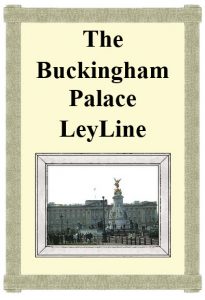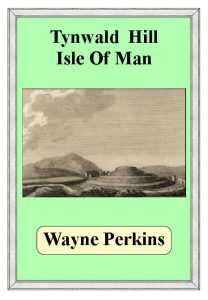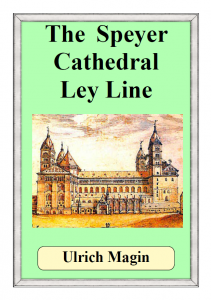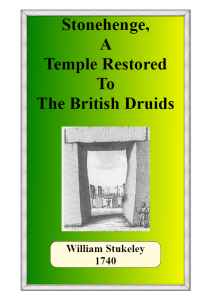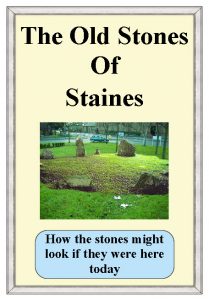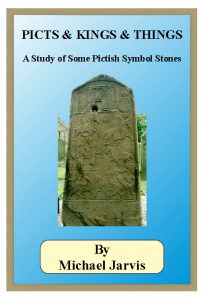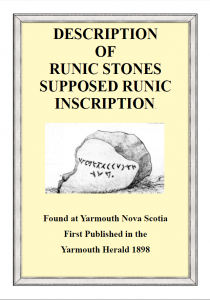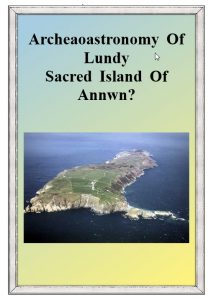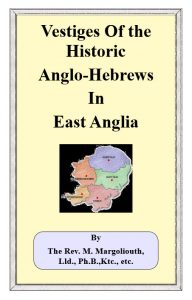The building was originally Buckingham House, built in 1703 for the Duke of Buckingham, but in 1762 George III bought it for Queen Charlotte, and it was known as the Queen’s House. George IV made many alterations, but never lived in it.
The arch now known as Marble Arch was originally in front of the house; Queen Victoria had it moved to its present position. Since her reign it has been the main royal residence, and the Changing of the Guard is done every morning at 11.30.
It was considerably enlarged when it became a palace; the side facing the Mall is a facade, originally built in 1847 and replaced by a design by Sir Aston Webb in 1913. The actual front of the house faces the garden, which has curving paths and a serpentine lake with an island.
